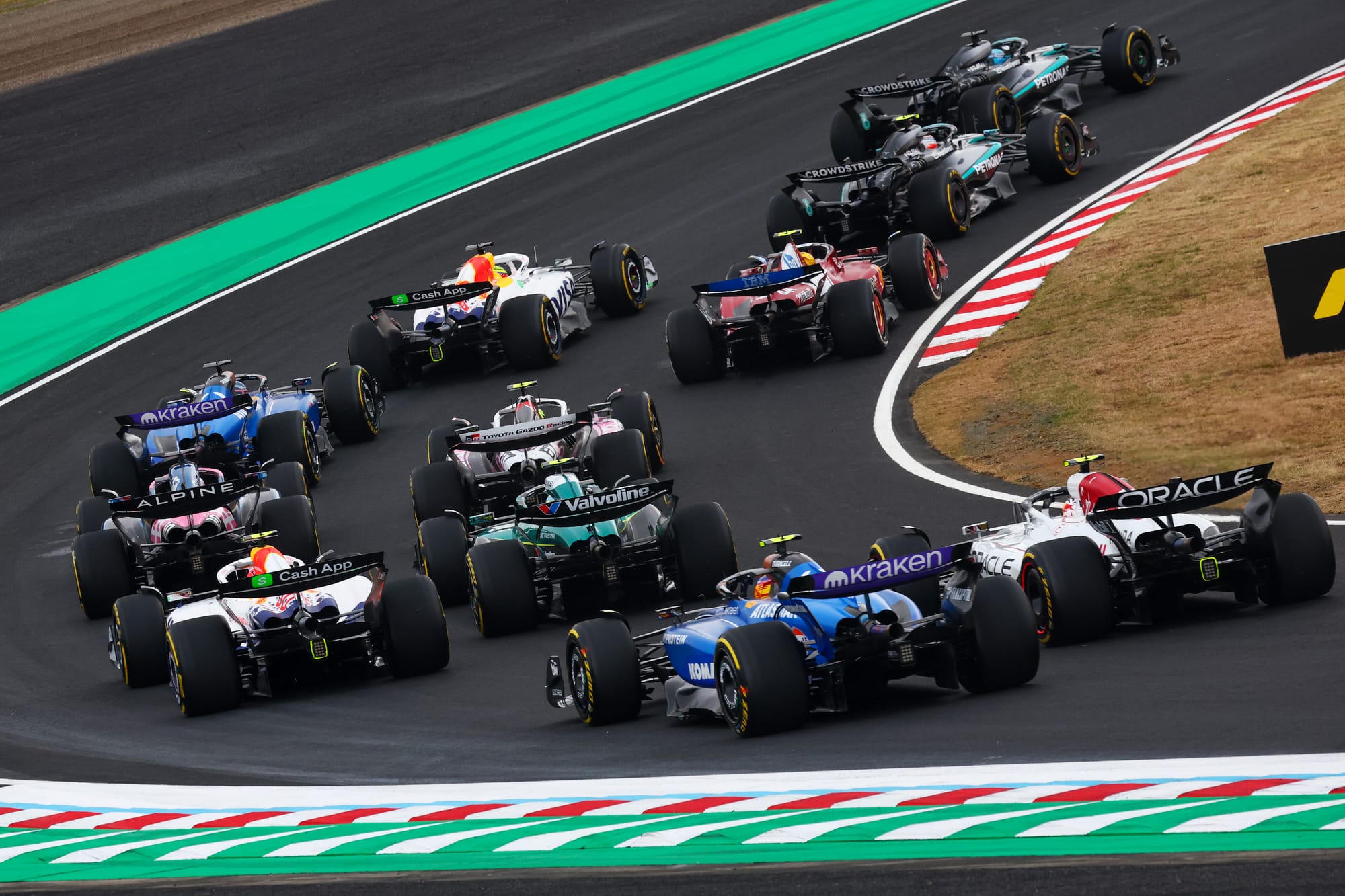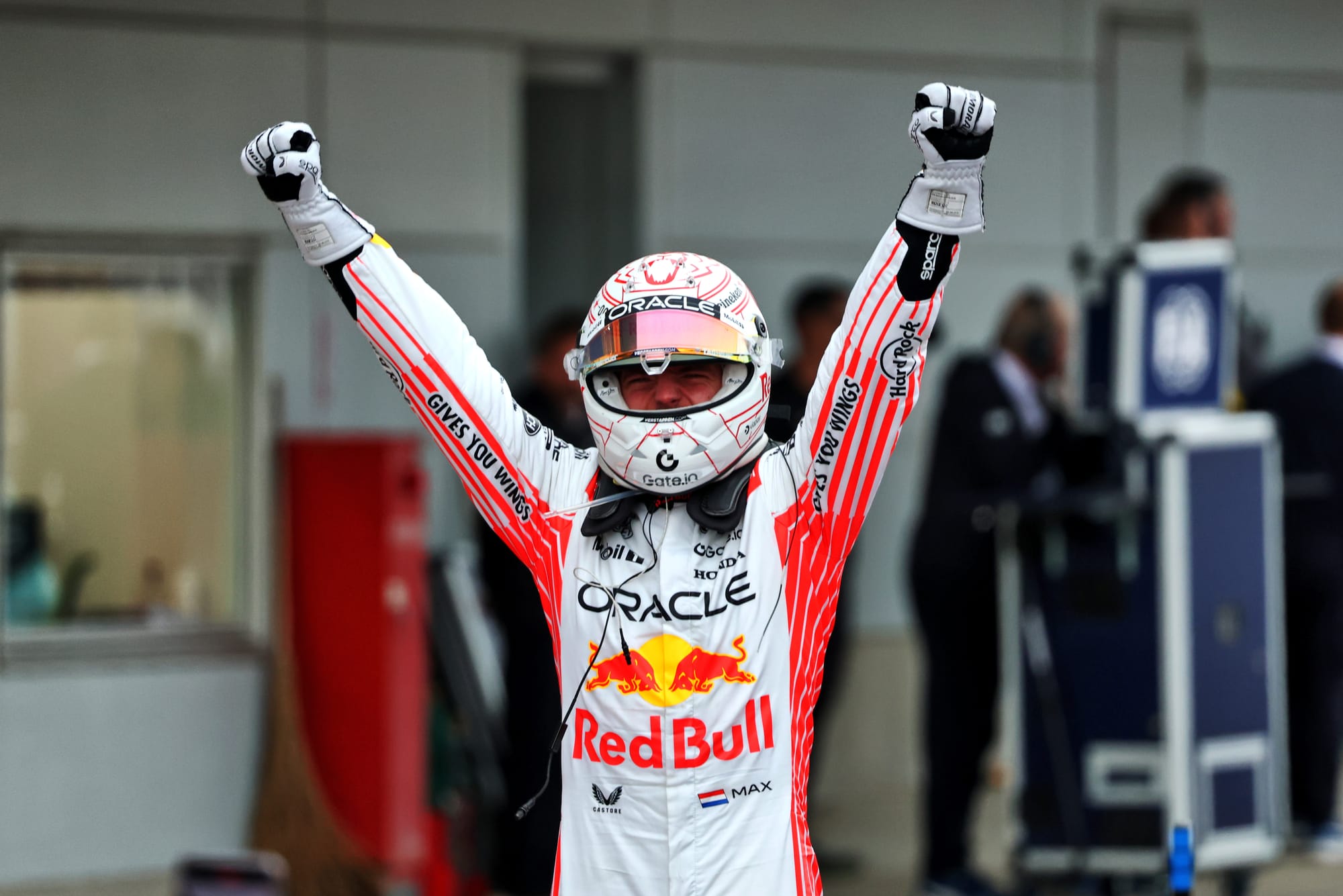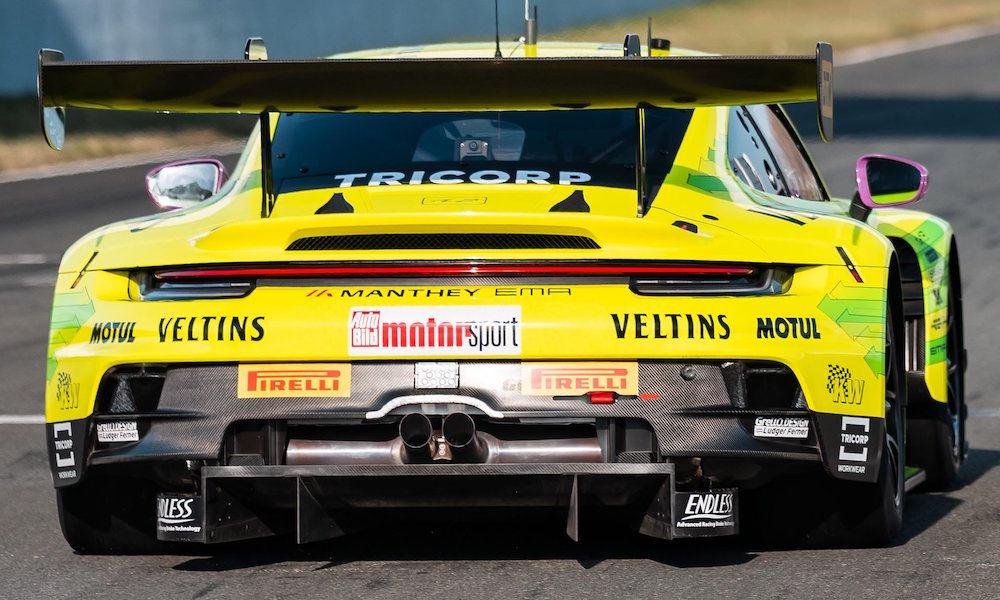Mark Hughes: Where McLaren really lost a winnable Japanese GP
Max Verstappen put on a masterclass to win the Japanese GP, but McLaren probably should've taken a third victory at the start of F1 2025. Mark Hughes looks at where the team lost this race
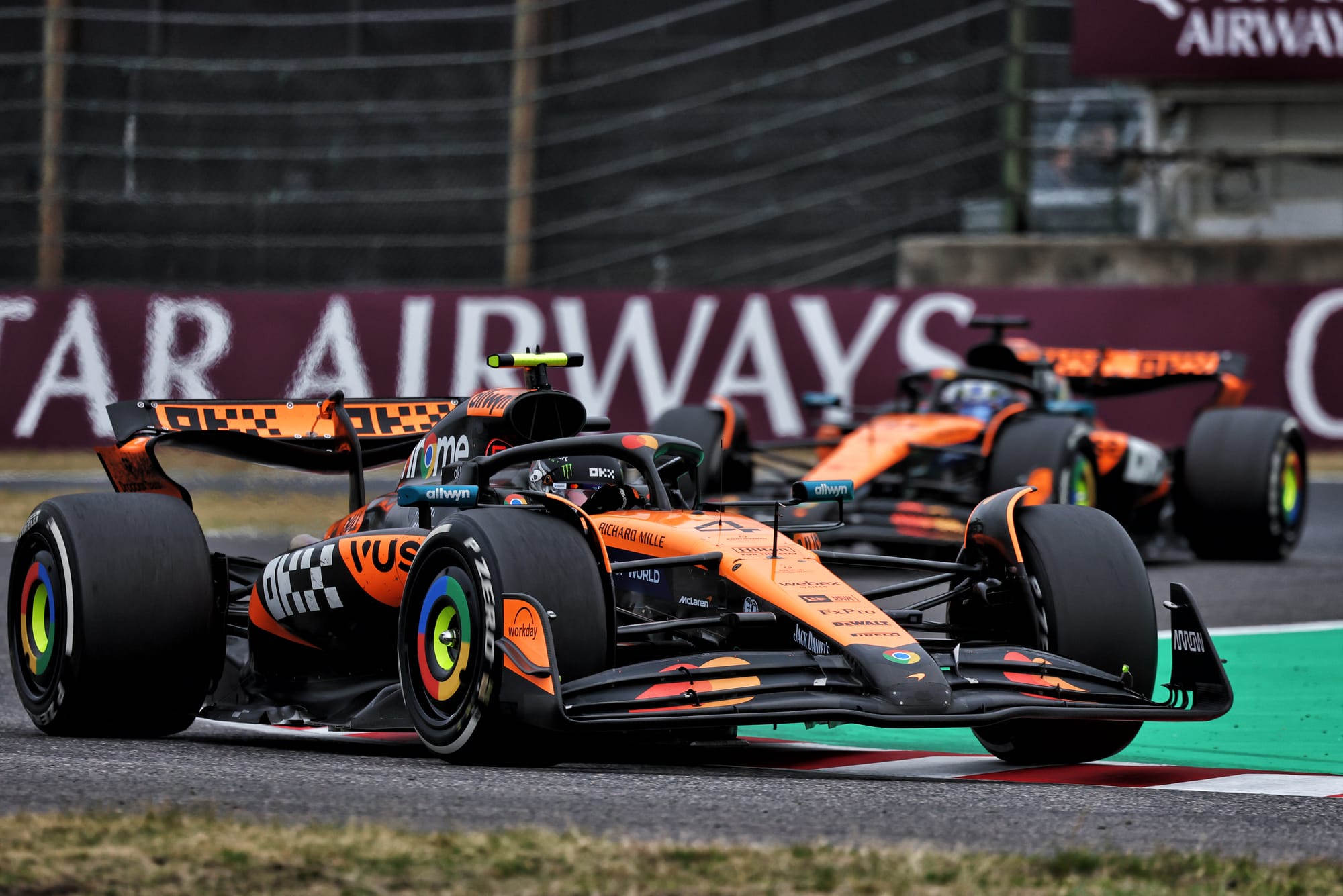

Yes, this was a Max Verstappen masterclass. Perfection on Sunday in the Japanese Grand Prix based upon sublime virtuosity on Saturday and a Red Bull team which did a great job of solving the very difficult equation which describes the RB21's narrow sweet spot. And around a Suzuka track where the very low tyre degradation meant a key disadvantage to McLaren was not really exposed.
However...did McLaren with a slightly faster car lose a winnable race?
In combination, probably yes. Had Oscar Piastri not made an error at Turn 2 on his qualifying lap, he'd have been on pole regardless of Verstappen's lap of the Gods and from there might have been expected to have controlled the race. So long as you won the start, a one-stop race with very little tyre deg and a track which requires a laptime advantage of 1.4s to make an on-track overtake, puts the poleman in even fuller control than usual.
But Piastri didn't set pole. Neither did Lando Norris, whose deficit to Piastri throughout the weekend came at the hairpin and the final chicane. But he at least put his lap together and that was good enough to put him second - on the grid and in the race.
Then there was McLaren's strategy call with Norris as the first stops beckoned. To undercut the car in front around here required you to be within 1.5s. He was running exactly 1.5s behind Verstappen on lap 20 when McLaren chose to pit third place Piastri instead.
Altered by Piastri's stop, Red Bull brought Verstappen in the lap after, the same lap as Norris. Superficially, it seems a sure-fire opportunity of jumping ahead was lost.
It was a little more involved than it looked, though.
First of all, they were obliged to bring Piastri in on the lap they did because fifth-place George Russell had just pitted from not very far behind. So long as Piastri was brought in the lap after, they would be set to remain ahead. If they'd left it another lap he'd have dropped behind the Mercedes - and probably with no way of getting the third place back. Because they had nothing like the required 1.4s advantage needed to overtake.
Secondly, Norris never had enough of a gap over the 10th-place Haas of Oliver Bearman to not have exited in traffic had he come in a lap earlier. The undercut would likely not have worked as he'd have been delayed by the Haas by enough to allow Verstappen to remain ahead.
Verstappen, stopping on lap 21, had just enough of a gap to exit ahead of the Haas. So had McLaren pitted Norris (rather than Piastri) on lap 20, they would probably have dropped from second/third to second/fourth.
Given that circumstances had conspired against Norris being able to mount an undercut threat, could he not have been left out to run a few laps longer than Verstappen so as to gain a tyre offset advantage in the second stint?
The problem with that was the tyre deg was so low there'd have been virtually no offset, but he'd still have been at risk of being undercut by Piastri and maybe even Charles Leclerc's fourth-place Ferrari.
For a time late race, as Piastri put himself in Norris' DRS zone and requested Norris be moved aside, a sting in the tail for this race looked possible. Did he, as he claimed, have the pace to pass Verstappen if only Norris was moved aside? Or was that just a reflection of Norris being slowed by Verstappen's dirty air, as Andrea Stella insisted? Piastri's request was denied so we never found out.
In summary, the claim that the McLaren drivers lost the race on Saturday is easier to make than that the team lost it on Sunday. Furthermore, the newly resurfaced first sector, with its high bitumen content, negated the McLaren's better rear tyre deg, denying its cars the opportunity to retaliate.
So Sunday became all about what had happened on Saturday. Verstappen nailed it and neither McLaren driver did.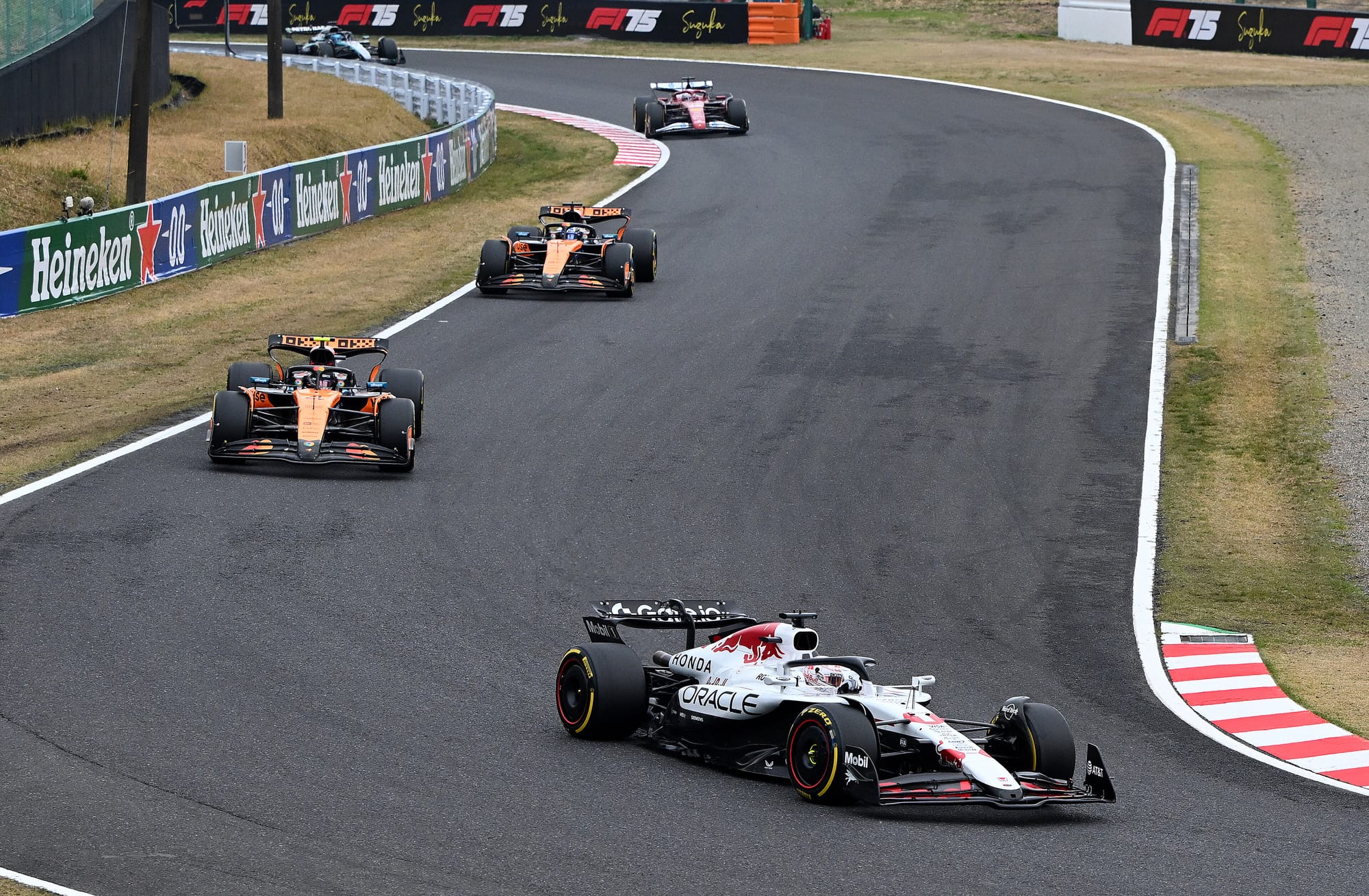
The first 12 laps were run at a relatively gentle pace, Verstappen being held on the leash, Norris keeping out of turbulence range behind, as they probed the tyre situation. Once it became clear that the mediums were absolutely fine, they were released.
That’s when Verstappen and the two McLarens eased away from the closely-matched Leclerc and Russell. The Ferrari - running a compromised ride height to remain legal on plank wear - was around 15s behind after 53 laps, with Russell still right behind. The Mercedes was faster but Russell had not got his tyre prep lap right on Saturday and under-qualified.
F1's new youngest-ever race leader, Kimi Antonelli, with no undercut threat from behind (Lewis Hamilton's Ferrari was the next car but Hamilton had elected to start on hards and would therefore be running long) was able to run even longer (by a lap) than Hamilton.
That brought him out on tyres 12 laps newer than those of the Leclerc-restrained Russell, enabling to close the gap down.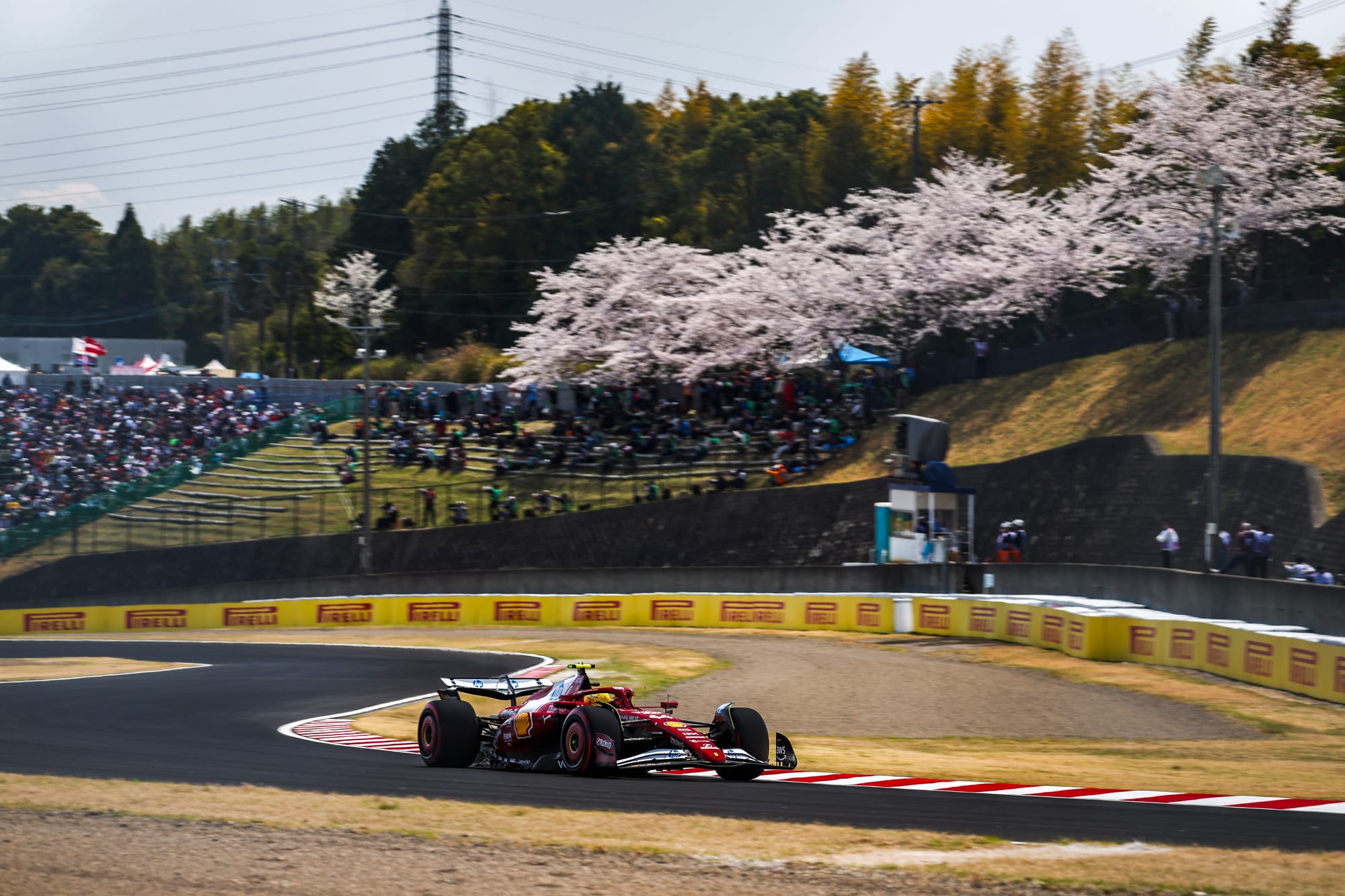
Hamilton was a long-way distant, very unhappy with the balance of his car.
Isack Hadjar took his first points after an immaculate race to eighth in his Racing Bull, with Alex Albon's Williams and Bearman keeping him close company throughout.
Just like up at the front, nothing much happened as they circulated together and there's some irony in the fact that such a flat-out, old-fashioned style race was a thrill for the drivers but a high-speed demo for those watching. Even though we were watching a masterclass for the ages.


















.webp?#)
.webp?#)













































